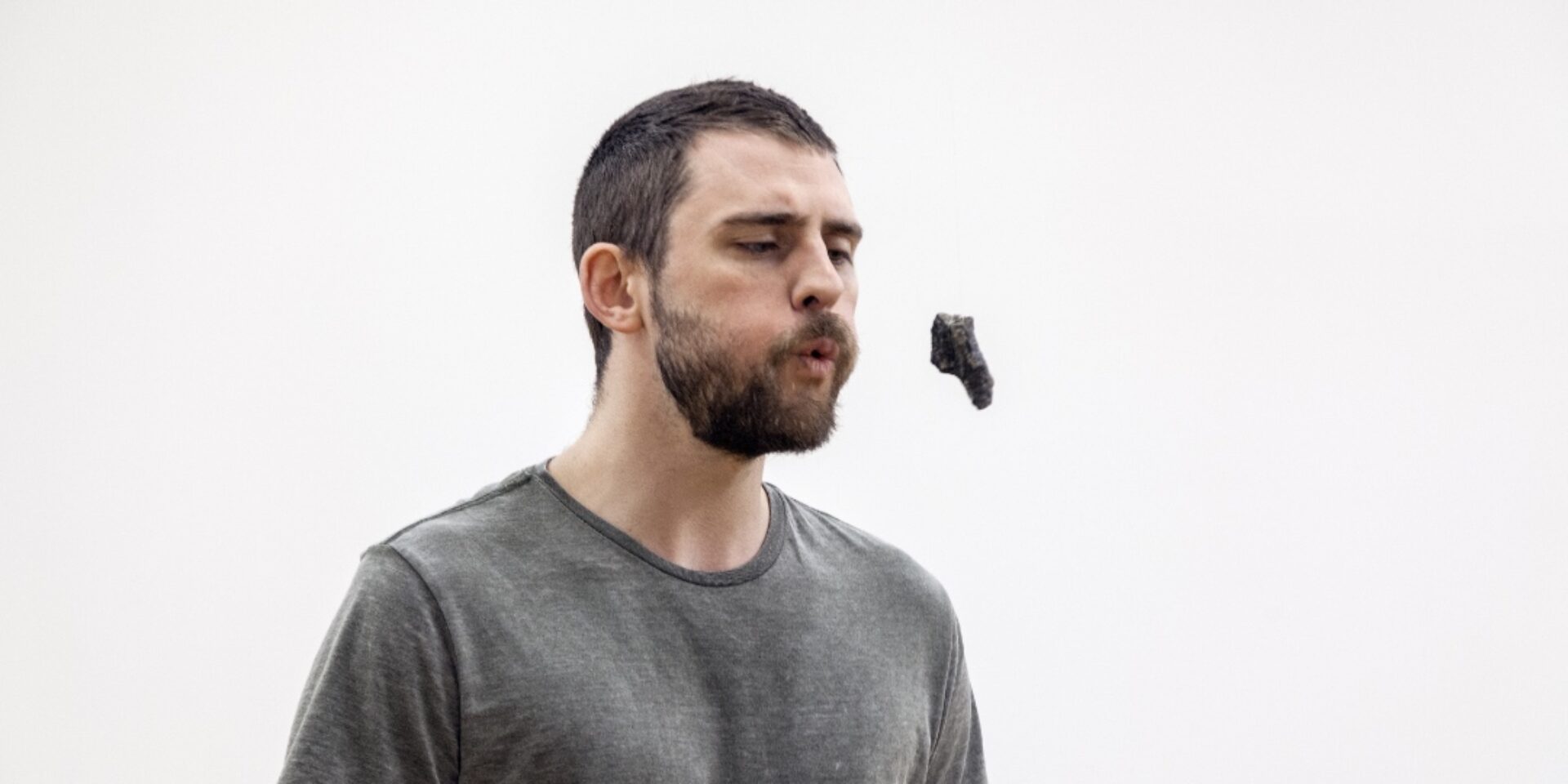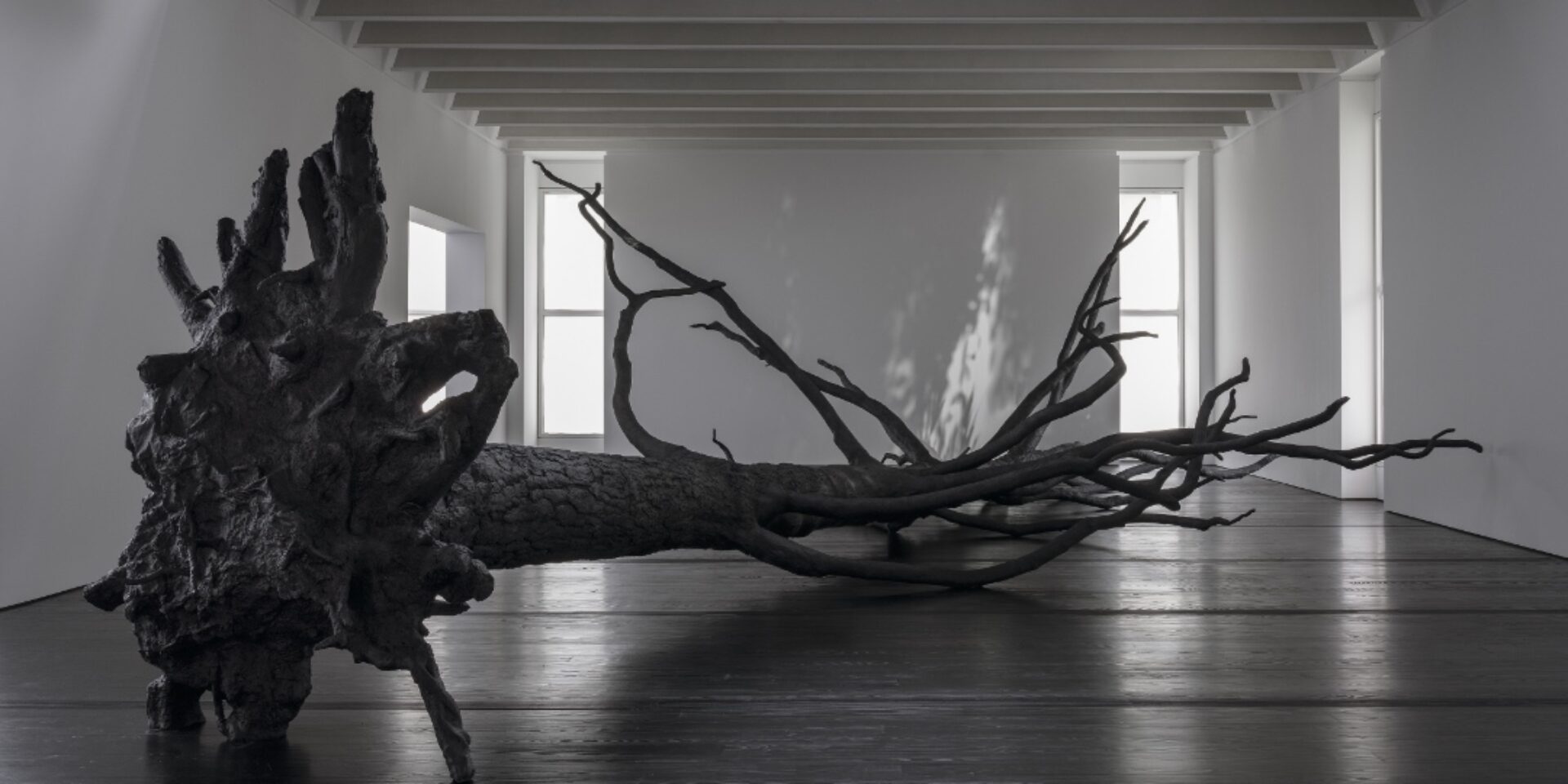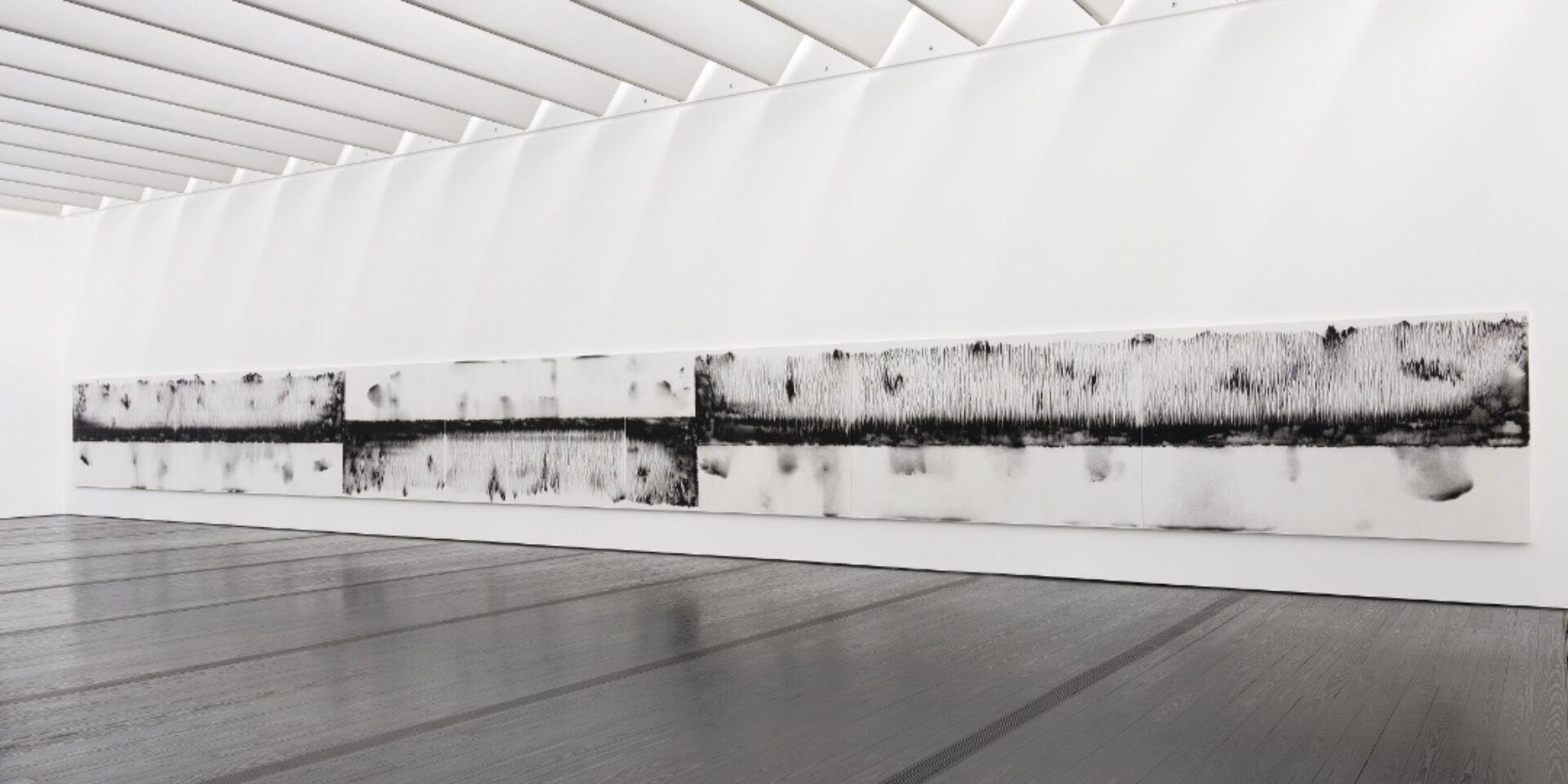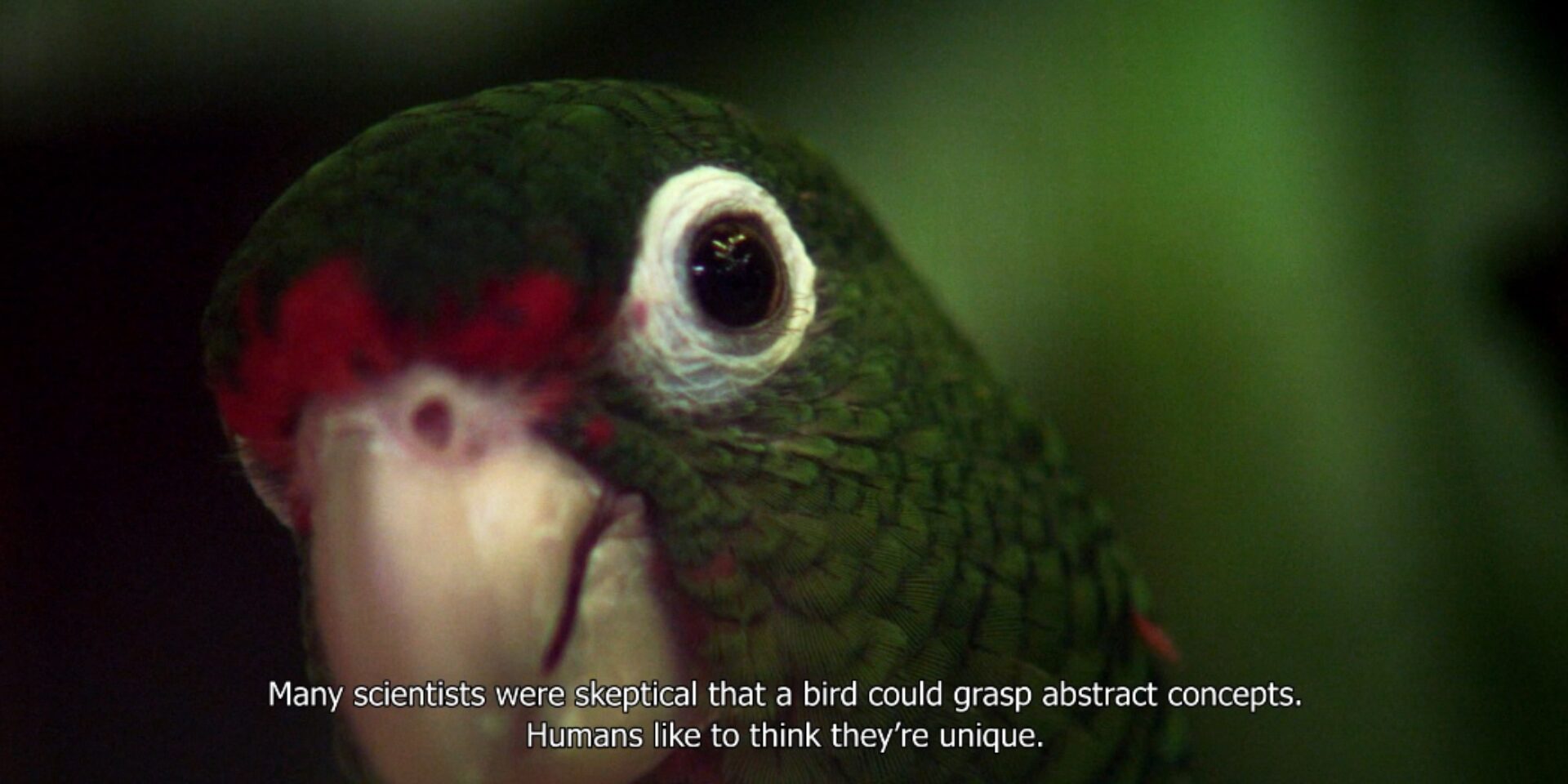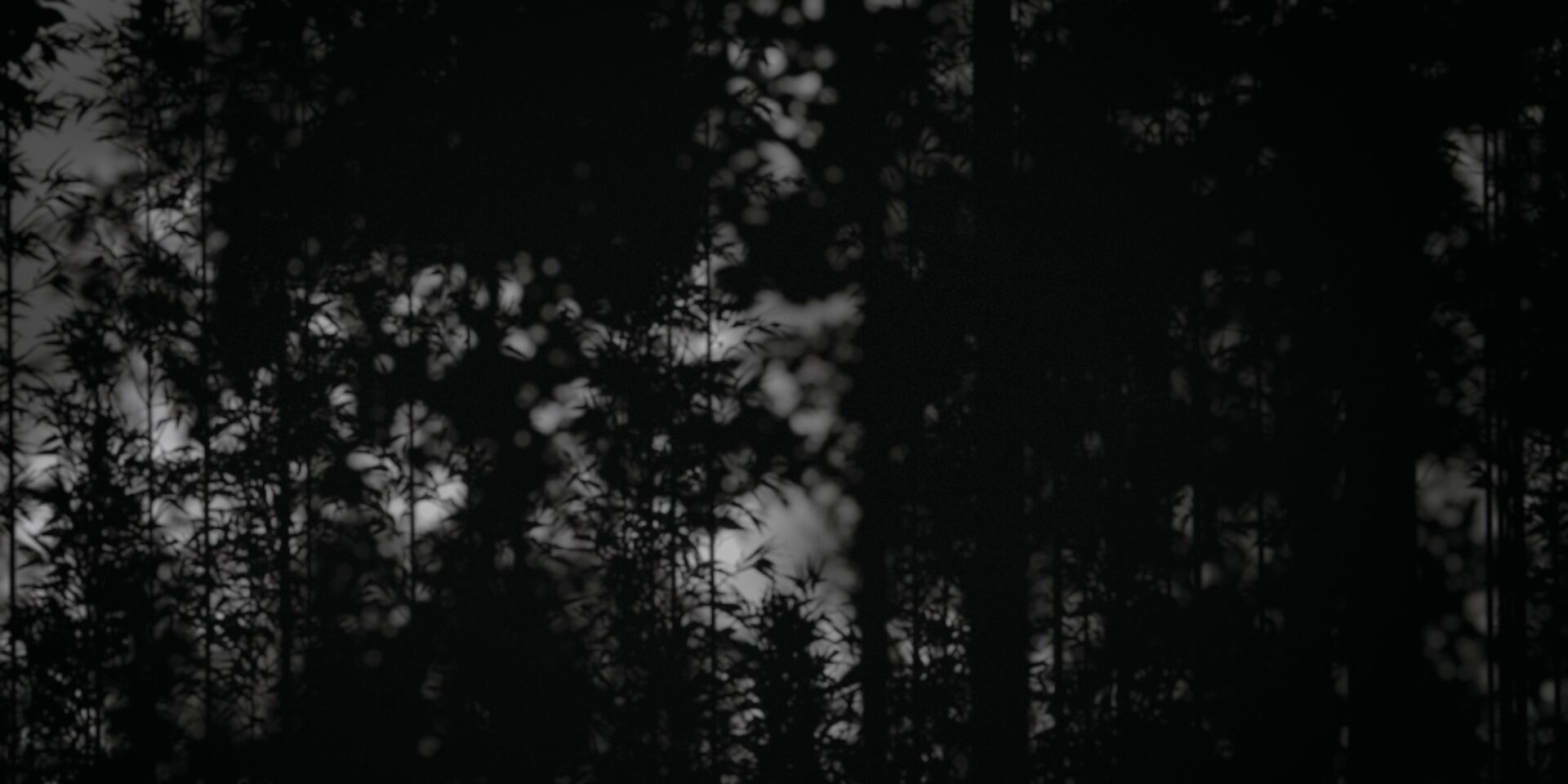PRESENTATION: Allora & Calzadilla-Klima

Through a complex research-oriented practice, Allora & Calzadilla critically address the intersections and complicities between the cultural, the historical and the geopolitical. The interdisciplinary nature of their interventions is echoed by an expanded use of the artistic medium that includes performance, sculpture, sound, video and photography. Their dynamic engagement with the art historical results in an acute attention to both the conceptual and the material, the metaphoric as well as the literal.
By Efi MIchalarou
Photo: Azkuna Zentroa-Alhóndiga Bilbao Archive
The exhibition “KLIMA” brings together, for the first time in Bilbao, some of Allora & Calzadilla’s most important works from the last decade and highlights climate and environmental emergency through art and prompts society to critically reflect on its actions and adopt a more sustainable approach. The concept of “KLIMA”, which dates back to ancient Greece, signifies an inclination towards the sun. The works in this ambitious, open-ended chronology engage with the solar orientation taken by all life forms. Each artwork in the exhibition can be thought of as a unique climate that, when brought together as a whole, creates a cosmic entanglement – travelling as far back as 4 billion years ago, all the way to the present day. This presentation highlights the interdisciplinary and collaborative nature of Allora & Calzadilla’s practice, as well as themes that run throughout their oeuvre: geological time and the evolutionary history of life on Earth; the postcolonial condition, environmental justice, climate debt, geopolitics, and energy resources. The earliest work on display is “Lifespan” (2014). A rock sample, estimated to be 4 billion years old, from the Acasta River Gneiss Complex, hangs from the ceiling in the gallery space. Three vocalists, following a pre-linguistic score by the award-winning composer and long-time collaborator, David Lang subtly use their breath to move it like a pendulum—evoking, in a manner, the dynamics of wind erosion and the forces driving Earth’s transformation. The performance connects the present moment with the planet’s origins within our solar system. In the main gallery, is “Entelechy” (2020), a lightning-struck tree cast in coal, a material which the artists interpret as a form of buried sunlight. They sourced the Scots pine tree from a forest in Montignac, France, the same location where a group of teenagers had discovered, in 1940, the Lascaux Cave by following a path famously indicated by a similar tree’s upturned roots. The only image of a human figure ever found in the cave—representing a hybrid of human and bird—serves as the basis for a vocal performance developed by the artists in collaboration with David Lang. Following a proto-linguistic score, composed of rhythmical, energetic utterances, the singers poetically attempt to ignite, through the power of their voices, the carbonized tree upon which they sing. Throughout the exhibition space is the digital shadow animation work “Penumbra” (2020). It was inspired by the legendary hikes that anticolonial poets Aimé and Suzanne Cesaire took in the Absalon Valley of Martinique with a group of artists and intellectuals fleeing Nazi-Occupied France in 1941. The work recreates the effects of sunlight passing through foliage in this verdant forest, as though the visual trace was somehow echoed thousands of kilometers away. Projected at an angle that is based on a continuous real-time simulation of the sun’s location over Bilbao, the work is complemented by a musical composition inspired by “shadow tones”: a psycho-acoustic phenomenon perceived when two real tones overlap to create the semblance of a third. Also dispersed throughout the exhibition space is “Graft” (2021), an installation in which thousands of blossoms, cast in recycled polyvinyl chloride, reproduce the flowers of a tabebuia tree as though an alien wind had swept them across the floor. The hand-painted petals from this native Caribbean tree are presented in various degrees of decomposition, from the freshly fallen to the wilted and brown. Graft alludes to environmental changes that have been set in motion through the interlocking effects of colonial exploitation and climate change. The uncanny presence of tropical tree blossoms cast in a material of petrochemical origins, stands as a potent harbinger for the immeasurable losses that continue unabated after centuries of colonial plunder. “Cadastre” (2020) is an itinerant pictorial landscape at once abstract and referential. The work, measuring 1.8 meters in height by 21.3 in length, spans the entirety of one of the gallery walls. It takes electromagnetism—one of the four fundamental forces of nature as its subject and medium. To make this work iron filings are sifted onto a canvas that is positioned above an array of electrified copper cables. When the breaker is turned on, the electrical current forces the particles into an arrangement of shapes and patterns governed by the electromagnetic field. To set them in motion, the taut canvas is continuously tapped which sends the heavy bits airborne and towards the positive and negative poles. Attraction and repulsion, strength and weakness, accumulation and dispersal are some of the tools employed to find formal resolution in the canvases. However, the rhythmic balance achieved does not mute the pulsing forces that condition the very appearance of the artwork—from stock market cycles to fossil fuel combustions. These artistic experiments with electromagnetism are in equal part an exploration of formal principles and a way of confronting the complex nexus that is the energy grid. Also on view is ”The Great Silence” (2014), a video work centered on the Arecibo Radio Telescope and the surrounding Rio Abajo Forest in Puerto Rico, home to the last remaining population of a critically endangered species of parrots, Amazona vittata. Allora & Calzadilla collaborated with science fiction author Ted Chiang on a subtitled script in the spirit of a fable that ponders the irreducible gaps between living, nonliving, human, animal, technological, and cosmic actors. In The Great Silence, the sun is but one of an infinite multitude of stars where, as the protagonist in the film observes, “ought to be a cacophony of voices, but instead is disconcertingly quiet. Hundreds of years ago, my kind was so plentiful that the forest resounded with our voices. Now we’re almost gone. Soon this rainforest may be as silent as the rest of the universe”.
Photo: Allora & Calzadilla, Graft (Detail), 2021; Recycled polyvinyl chloride and paint, dimensions variable; Courtesy of Allora & Calzadilla, Galerie Chantal Crousel and Colección Isabel y Agustín Coppel
Info: Curator: Fernando Pérez, Azkuna Zentroa—Alhóndiga Bilbao, Arriquíbar Plaza, 4, Bilbao, Spain, Duration: 20/6/2024-20/1/2025, Days & Hours: Daily 11:00-20:00, www.azkunazentroa.eus/
